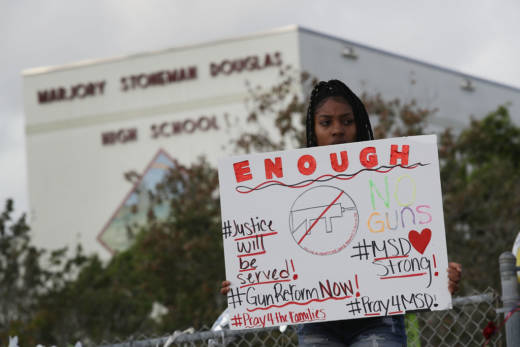The California law's author, State Sen. Nancy Skinner (D-Berkeley), said she's proud of what it has accomplished so far.
"We can speculate that some number of deaths were prevented as a result," she said.
Most of the 190 restraining orders issued in 2016 and 2017 didn't last beyond the initial 21-day period, according to statistics provided by the California Department of Justice. Only 17 were extended to a full year.
"The three weeks may be enough to get the person the help they need to avoid that suicide," said Skinner.
Throughout the state, the vast majority of orders came from law enforcement. In L.A., Orange, Riverside, San Bernardino and Ventura counties, there were a total of 49 three-week orders, but only five were initiated in the courts by family members. Skinner pointed out that in some cases, police may have sought a court order after being alerted by an individual's family.
The state data also shows that law enforcement failed to serve 31 of the restraining orders. Officials at the California Department of Justice did not respond immediately to requests for clarification on those cases.
The total number of 21-day restraining orders issued in the first two years of the law in Los Angeles, Orange, Riverside, San Bernardino and Ventura counties:

Skinner introduced the legislation after the 2014 mass shooting in Isla Vista.
In both that incident and in Parkland, Florida, Skinner said that "if [law enforcement] had had this tool, they could have gotten the guns out of [the shooters'] hands."
"That gives them a legal right to be able to do more than a welfare check on someone who they have evidence of credible threats of violence," said Skinner.
It's also important to give family members the power to act, she said.
"Loved-ones are often the first to notice if there’s a problem or if someone is threatening violence to ourselves or others," Skinner said.
The state has a website with information on how to seek a firearms restraining order.
The sources of requests for 21-day restraining orders in the first two years of the law in Los Angeles, Orange, Riverside, San Bernardino and Ventura counties combined:



